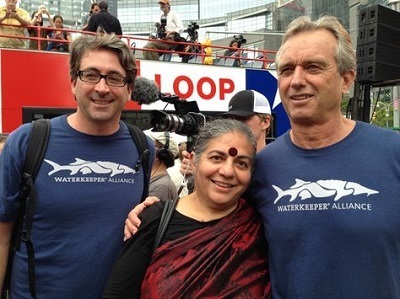
Summary:
#Biotechnology, #nanotechnology, bionanorobotics, Artificial Intelligence #AI #biotech interface, #brain #computer interface, bioengineering of artificial life is so far advanced, that most people have difficulty comprehending the magnitude of the developments happening. However, we must learn to survive. I recently saw a post in a prominent physician group that my research is “Quackery. “
These poor doctors have no idea #how far behind the current #knowledge they are and how much we all need to study to understand the threats that we are facing as #humanity. If all you read is JAMA and NEJM you will be lost in the conversation about these biotechnological advances, the threat they pose and the discovery of solutions. I am not personally offended by these attacks but saddened when the hope of supposed freedom doctors remain so closed minded.
It does not give me much hope that #people will awaken to this before it is too late, which it possibly already could be #now, given the worsening findings in human #blood around the #world. We cannot see n#anobots in brain tissue - how do you know that a parallel AI processing platform has not already been installed in the C19 injected? I believe it has.
The global biotechnology market was valued at USD 1.55 trillion in 2023 and is projected to grow at a compound annual growth rate (CAGR) of 13.96% from 2024 to 2030.
You cannot wish this away. The fusion of AI with humanity is here.
It is happening silently, just as Klaus Schwab has said. If you want to even start to fight for the survival of the human species, and our #soul and #spirit, you must learn about the weapons that the enemy is using.
https://podbay.fm/p/the-cosmic-salon/e/1712779919





